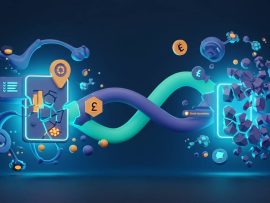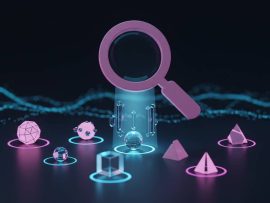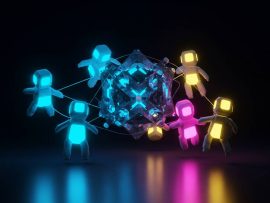Artificial intelligence (AI) has the potential to address some of the world’s most critical social challenges. By analyzing various AI use cases, experts have found that AI can contribute to the United Nations’ 17 sustainable development goals, benefiting millions of people worldwide. While AI is already being applied in some cases, its full potential for social good is constrained by data accessibility and a shortage of AI talent.
This article highlights the possibilities and limitations of AI’s application for social good. It is based on a discussion paper titled “Notes from the AI frontier: Applying AI for social good.” The paper is divided into five sections:
Contents
Using deep learning as the definition of AI, the paper categorizes AI use cases into ten social-impact domains. These domains include crisis response, economic empowerment, educational challenges, environmental challenges, equality and inclusion, health and hunger, information verification and validation, infrastructure management, public and social-sector management, security and justice. Each domain has specific challenges that can be addressed through AI solutions.
The paper identifies 18 AI capabilities that can benefit society. These capabilities fall into three major categories: computer vision, natural-language processing, and speech and audio processing. Computer vision, with its image classification and object detection capabilities, stands out for its potential applications in social good. Natural-language processing, including sentiment analysis and language translation, also has broad applications. Additionally, structured deep learning can analyze traditional tabular data sets to solve problems such as tax fraud and pattern discovery.
Overcoming bottlenecks, especially for data and talent
Data accessibility, shortage of AI talent, and “last-mile” implementation challenges are the main bottlenecks to overcome in AI deployment for social good. The availability of data, including sensitive personal information, needs to be addressed through collaboration between private and public sectors. The shortage of AI talent requires investments in education and training programs to attract more students to the field. Furthermore, the implementation of AI models requires sustainable plans and support from organizations to ensure their effectiveness.
Risks to be managed
The use of AI tools comes with certain risks, such as bias and fairness, privacy, safe use and security, and explainability. To prevent bias, organizations must ensure that training data are representative and diverse. Privacy concerns arise from the potential misuse of personal information. Safe use and security are crucial, especially when AI applications can have life-altering consequences. Lastly, explainability is vital in understanding how AI models work and making decisions transparent and accountable.
Achieving AI’s potential for social good requires collaboration among stakeholders, including data collectors, governments, and NGOs. Data accessibility must be improved through global initiatives, making data available for well-defined societal goals. The shortage of AI talent can be addressed by increasing funding for education and providing training opportunities for professionals. Collaboration between AI-focused companies and social organizations can help develop AI solutions with a social impact.
By overcoming these challenges and working together, AI can be scaled up for social good, benefiting society as a whole. Although there is still much to be done, the potential of AI to address global challenges is worth the effort. Together, we can make a difference.
FAQs
Q: What are AI capabilities that can be used for social good?
A: AI capabilities include computer vision, natural-language processing, speech and audio processing, structured deep learning, and analytics techniques.
Q: What are the main bottlenecks in deploying AI for social good?
A: The main bottlenecks are data accessibility, a shortage of AI talent, and “last-mile” implementation challenges.
Q: What are the risks associated with AI for social good?
A: Risks include bias and fairness, privacy concerns, safe use and security, and the explainability of AI decisions.
Q: How can the use of AI for social good be scaled up?
A: Scaling up AI for social good requires collaboration among stakeholders, improved data accessibility, increased investment in AI talent, and partnerships between AI-focused companies and social organizations.
Conclusion
Artificial intelligence has the potential to address many of the world’s social challenges. By leveraging AI capabilities such as computer vision and natural-language processing, society can benefit from improved crisis response, economic empowerment, educational opportunities, environmental conservation, equality and inclusion, healthcare, information verification, infrastructure management, public-sector improvements, and enhanced security and justice. However, to harness AI’s full potential for social good, data accessibility must be improved, the shortage of AI talent must be addressed, and implementation challenges must be overcome. Through collaboration, investment, and a commitment to social impact, we can unlock the true power of AI and create a better world for everyone.







